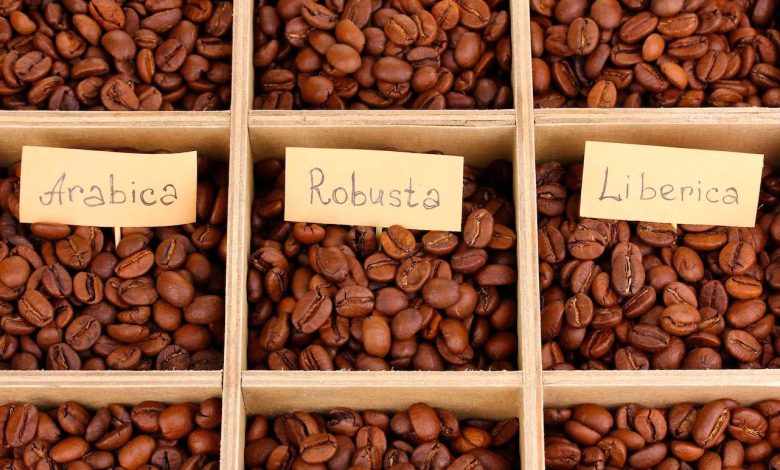Arabica and Robust: What is the difference, What is more useful and what chlorogenic acid is and its effect on the human body?

Arabica and Robust - two most popular species of coffee beans, which are grown on an industrial scale around the world. Although there are other types of coffee, They are practically not used in mass production. Each of these types has its own unique characteristics, but can also provide as a positive, and a negative effect on health. Let's figure it out, how they differ and which one can be more dangerous.
Arabica: Noble and capricious variety
Arabica is a type of coffee tree, which is grown in high -mountain regions, Such as Ethiopia, Colombia, Kenya, Guatemala and other countries. For the successful cultivation of arabica, special conditions are necessary: Height from 600 to 2000 meters above sea level, Stable climate and careful care. Arabica trees are sensitive to temperature drops, What makes them vulnerable to weather changes.
Arabica is not a variety, And the type of coffee plant, which includes many varieties, Takih kak tipika, Bourbon, Katur and others. Arabica grains have a rich aroma, light sourness and rich taste with chocolate notes. Due to the high content of lipids and sugars, Arabica is valued for its exquisite taste. However, due to difficulties in growing and leaving the cost of these grains is constantly growing.
Robusta: Simple and hardy coffee
Robusta, in distinction of Arabic, Much less whimsical. She can grow like in the mountains, and on the plains, withstanding high temperatures and abundant rains. This type of coffee is resistant to disease and does not require such careful care, How Arabica. The main producing countries of Robusta-Vietnam, Uganda, India and Brazil.
Robusta has fewer varieties, among which Kuila stand out, Ambri and Konyon du Brazil. The taste of robusta is more bitter, and the aroma is less pronounced compared to arabic. Because of this, robust is often mixed with arabica, To balance the taste. However, Robusta has its advantages, especially in terms of useful properties.
Comparison of the composition: Caffeine and chlorogenic acid
One of the key differences between arabica and timid is the content of caffeine. In Arabica, its concentration is from 0,8% to 1,5%, Whereas in Robust this indicator can reach 3%. This makes Robust a stronger and stimulating drink, but also increases the risk of negative impact on the cardiovascular system.
However, robust contains chlorogenic acid - a powerful antioxidant, which has many useful properties. This substance helps reduce the risk of cardiovascular diseases, has an antiviral effect and can have a hypoglycemic and antitumor effect. Thus, Moderate use of robusta can be healthy.
What coffee to choose: Arabica or Robusta?
The choice between arabica and timid depends on your preferences and health status. If you value an exquisite taste and aroma, then Arabica is your choice. However, if you want to get a stronger drink with additional useful properties, It is worth paying attention to a robust or a mixture with its content.
It is important to remember, that excessive consumption of coffee, regardless of the species, can adversely affect health, especially in people with high blood pressure. Therefore, moderation and balance are key principles for coffee lovers.
Conclusion
Arabica and Robust - two unique types of coffee, each of which has its advantages and disadvantages. Arabica pleases with an exquisite taste and aroma, but requires complicated care and costs more. Robusta, opposite, more accessible and has useful properties due to the high content of chlorogenic acid. The choice depends on your preferences, But in any case, it is important to remember the balance and moderation.
